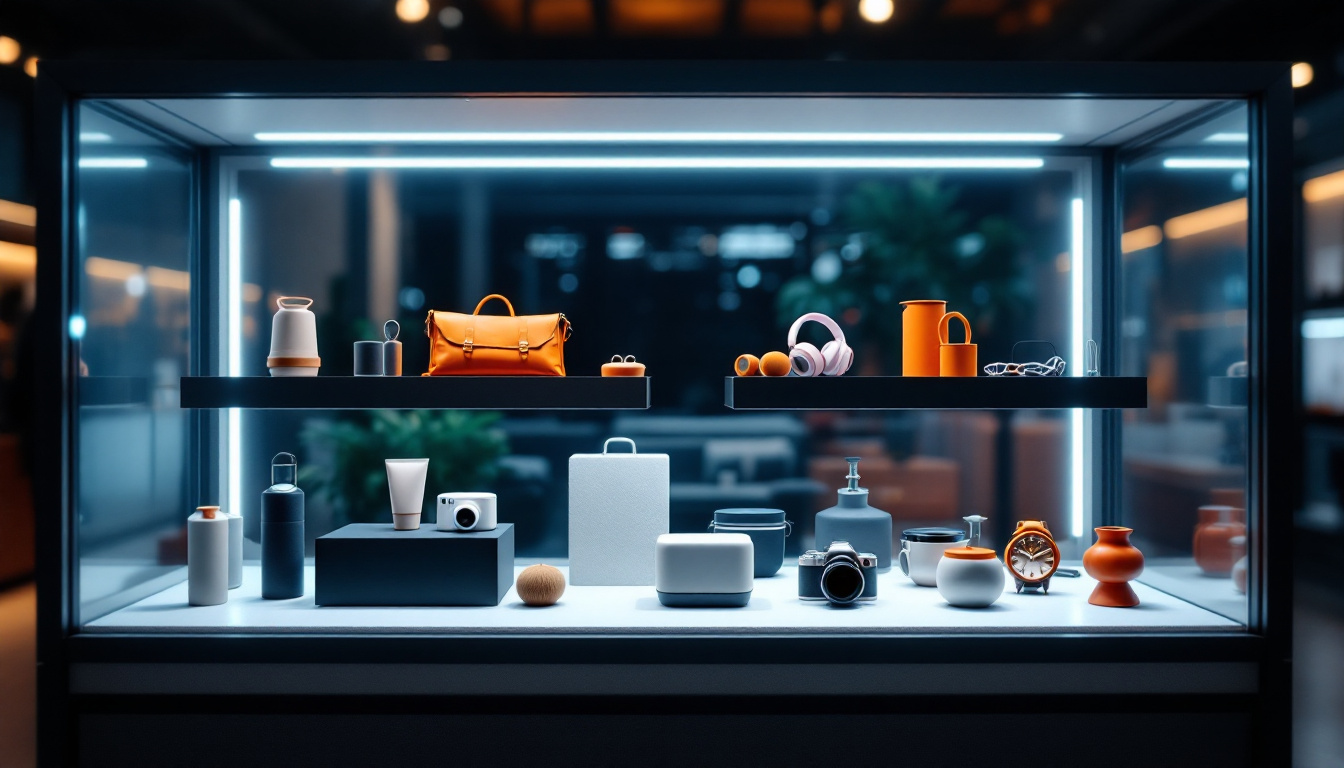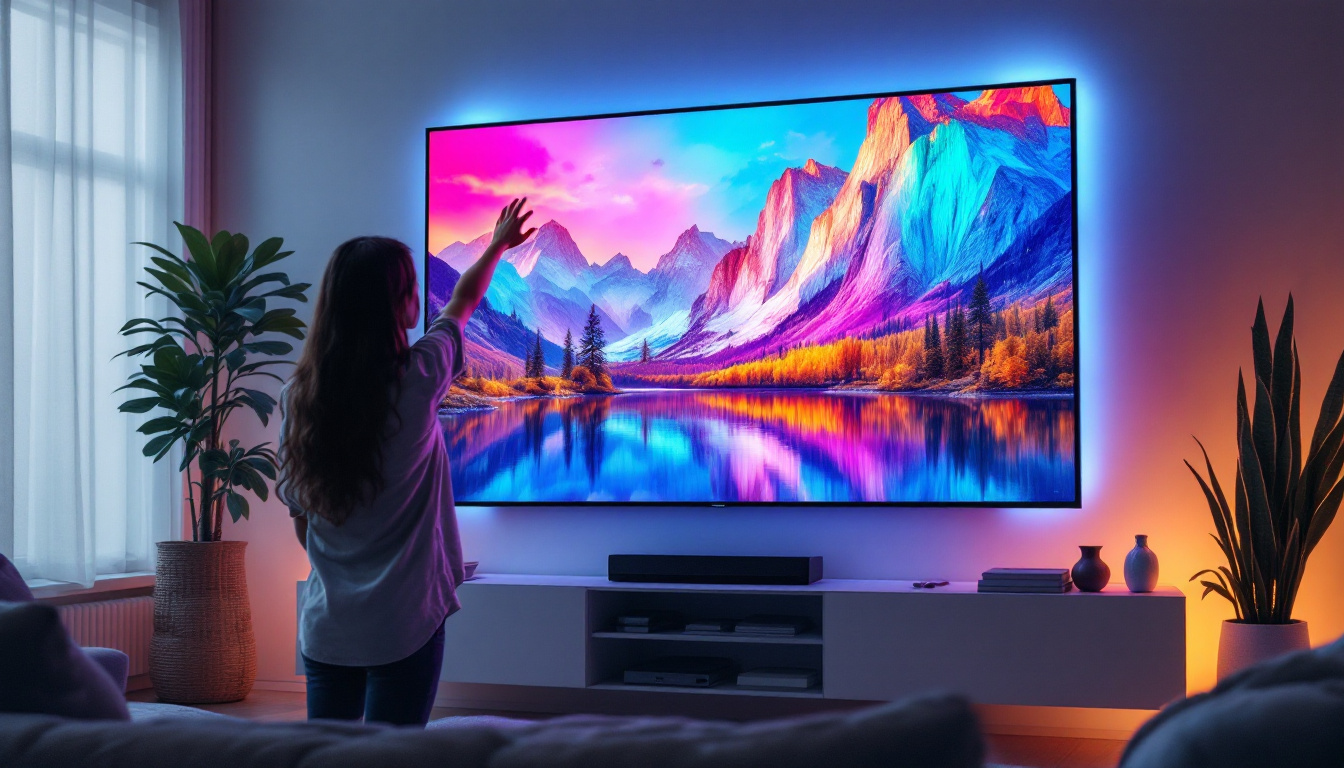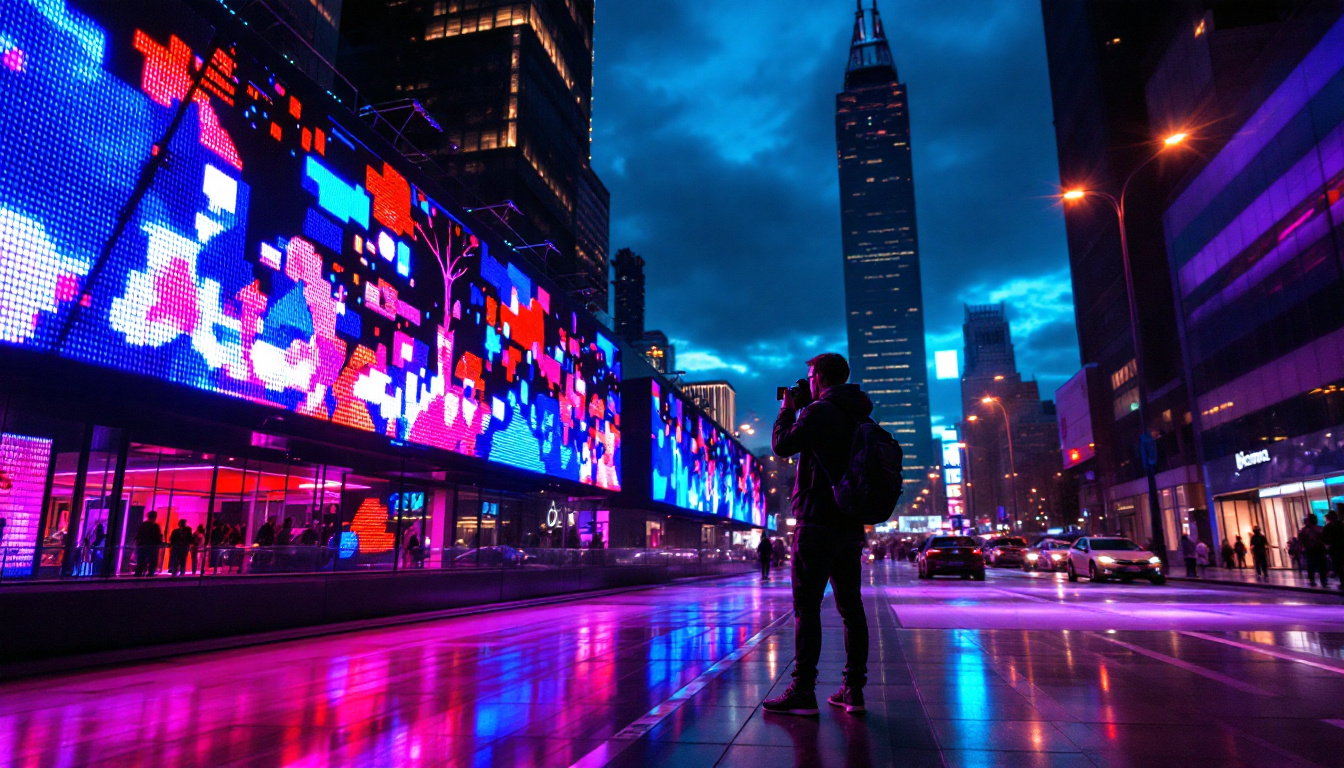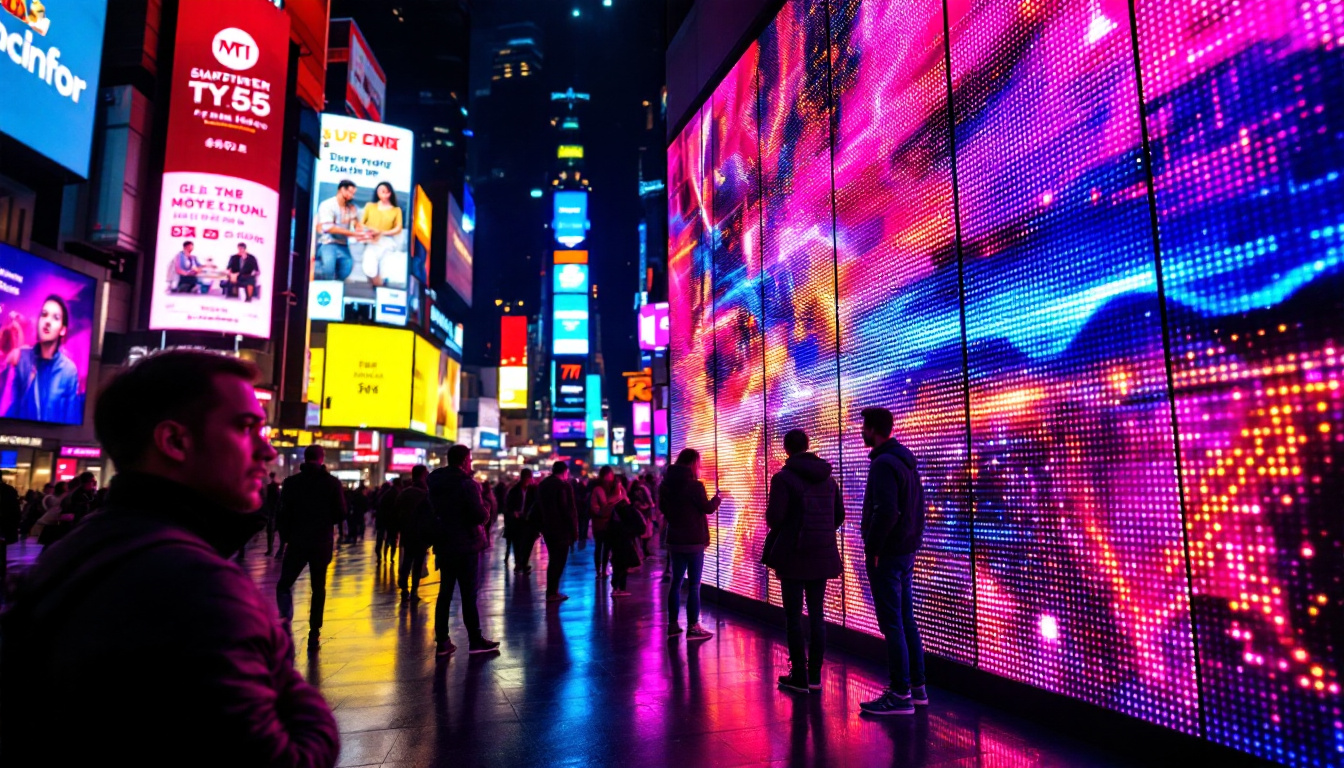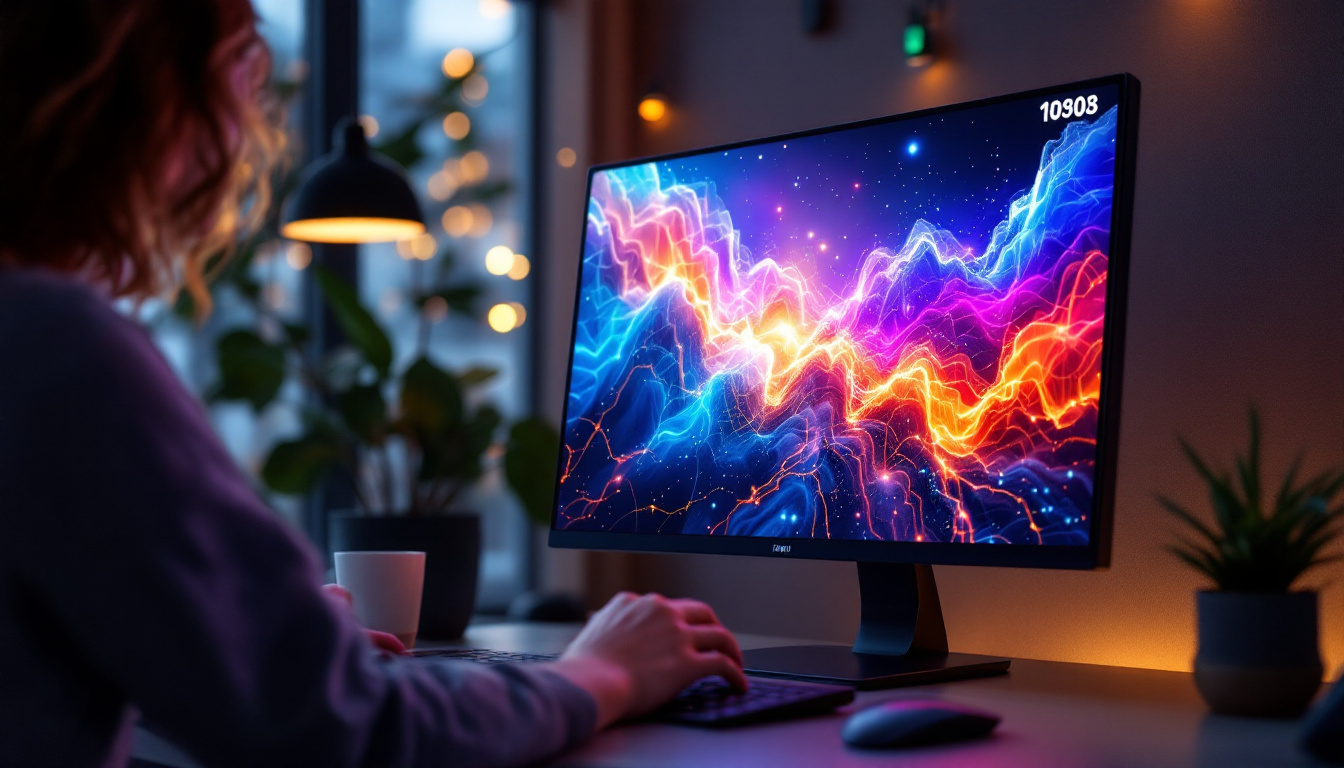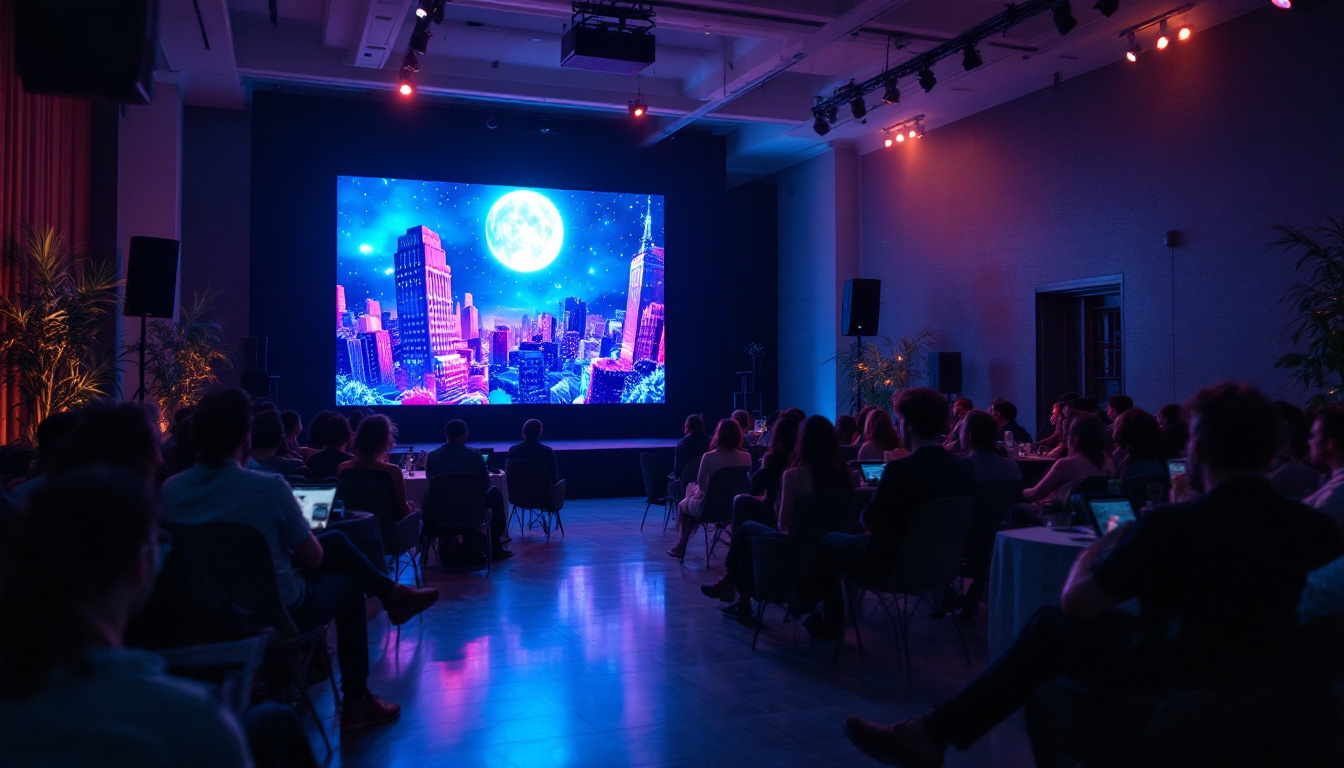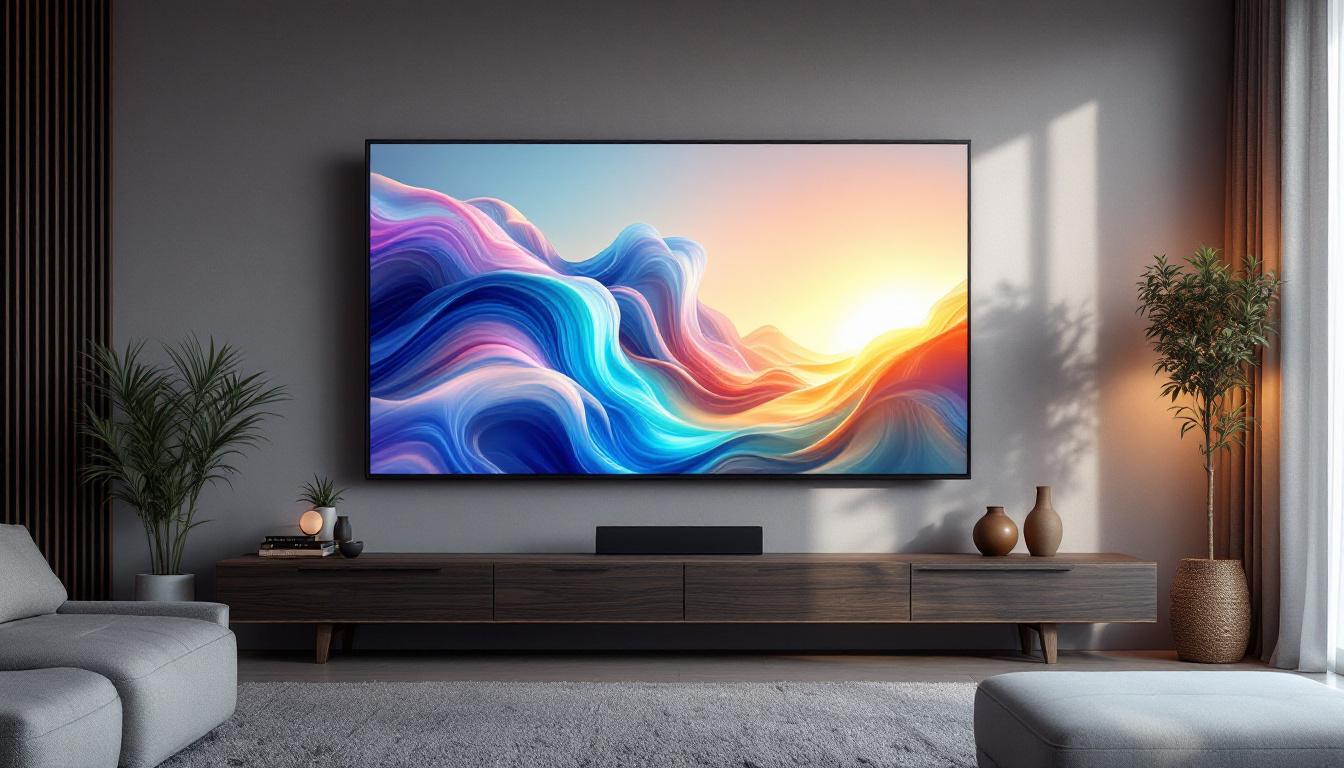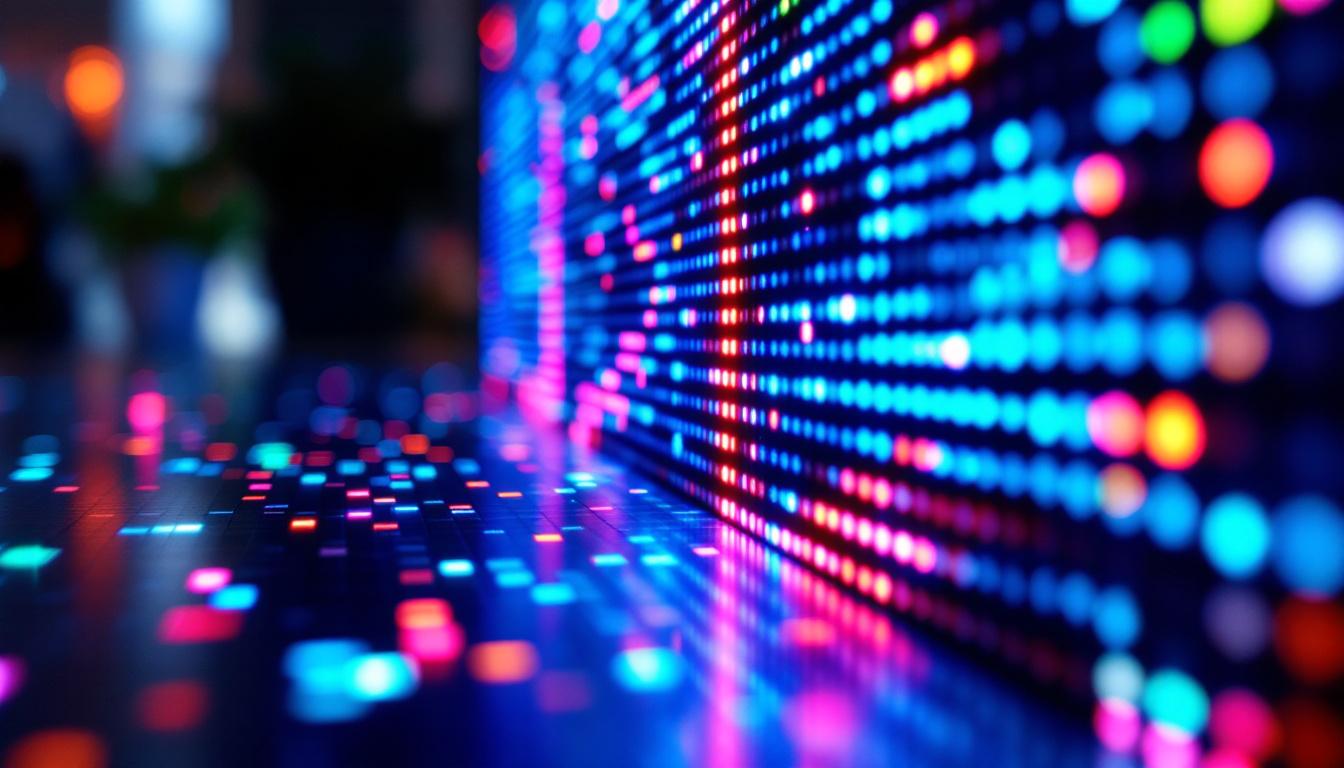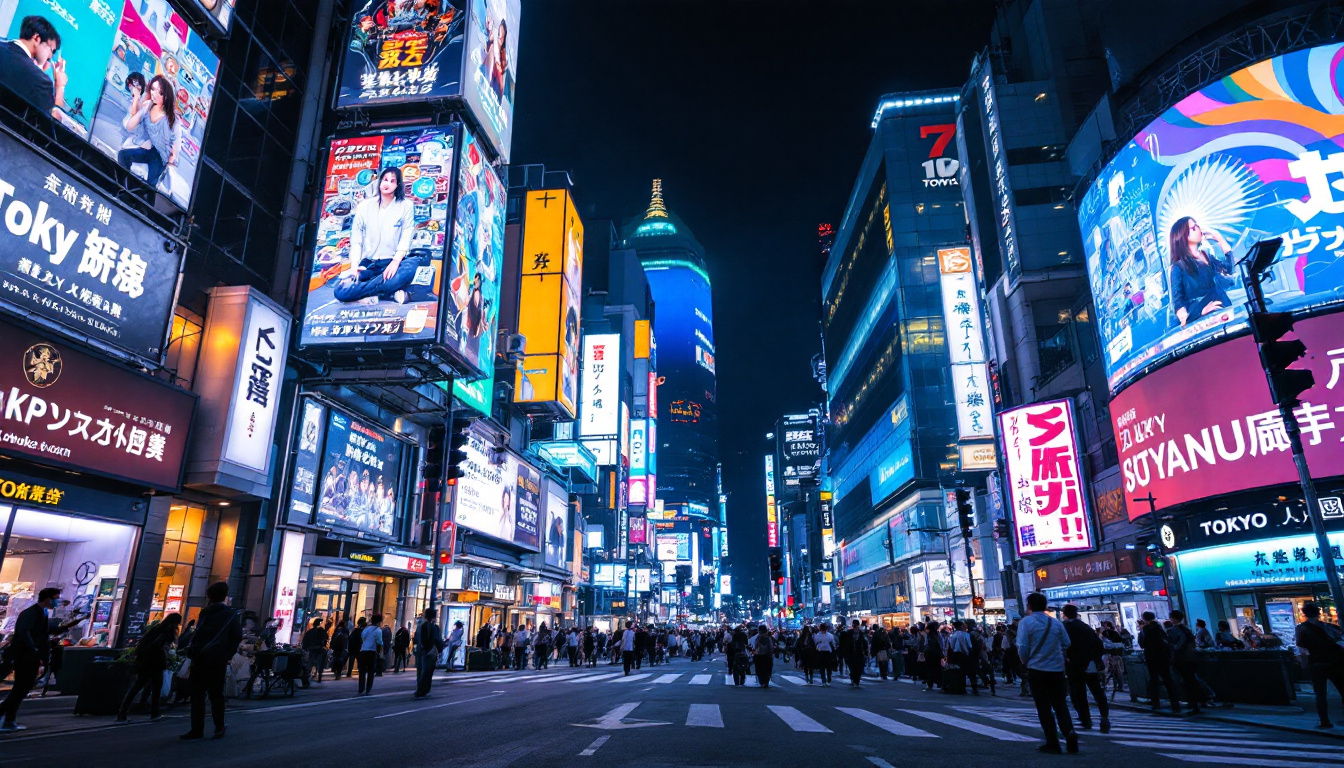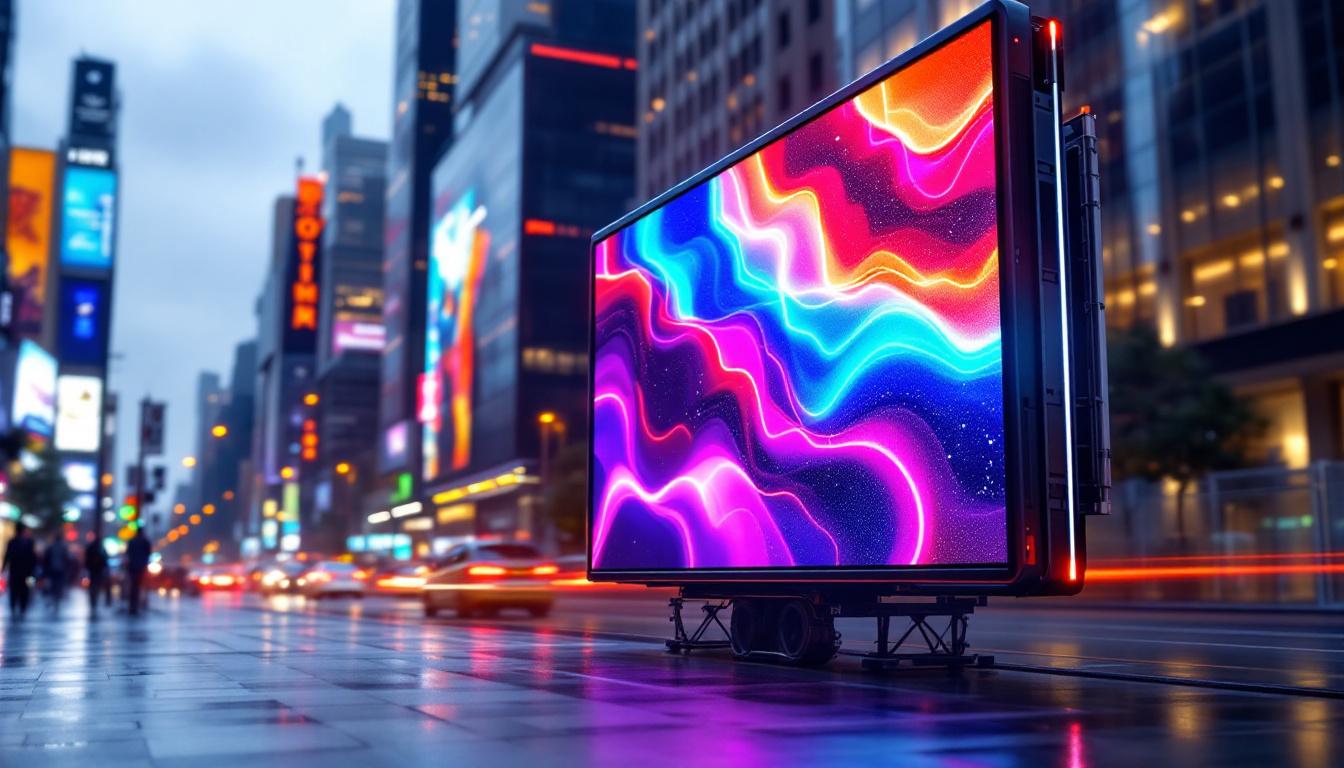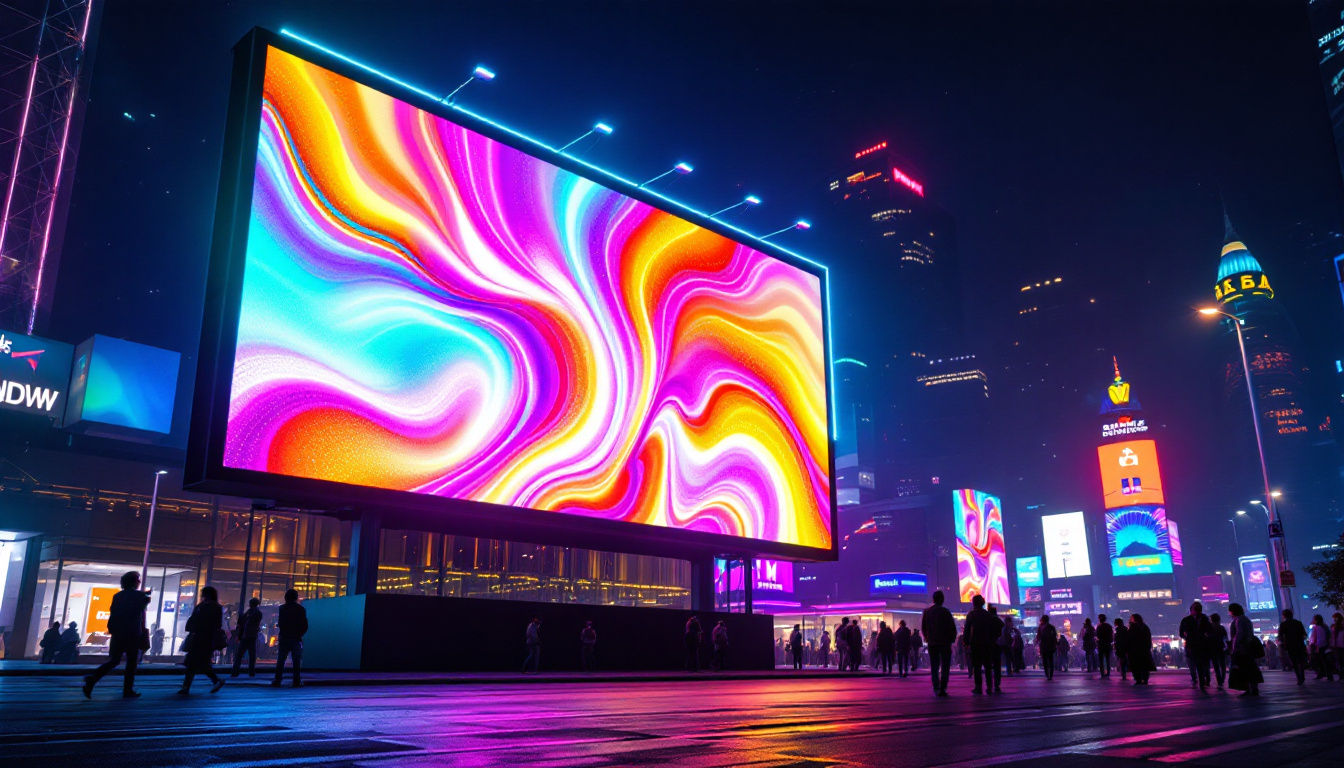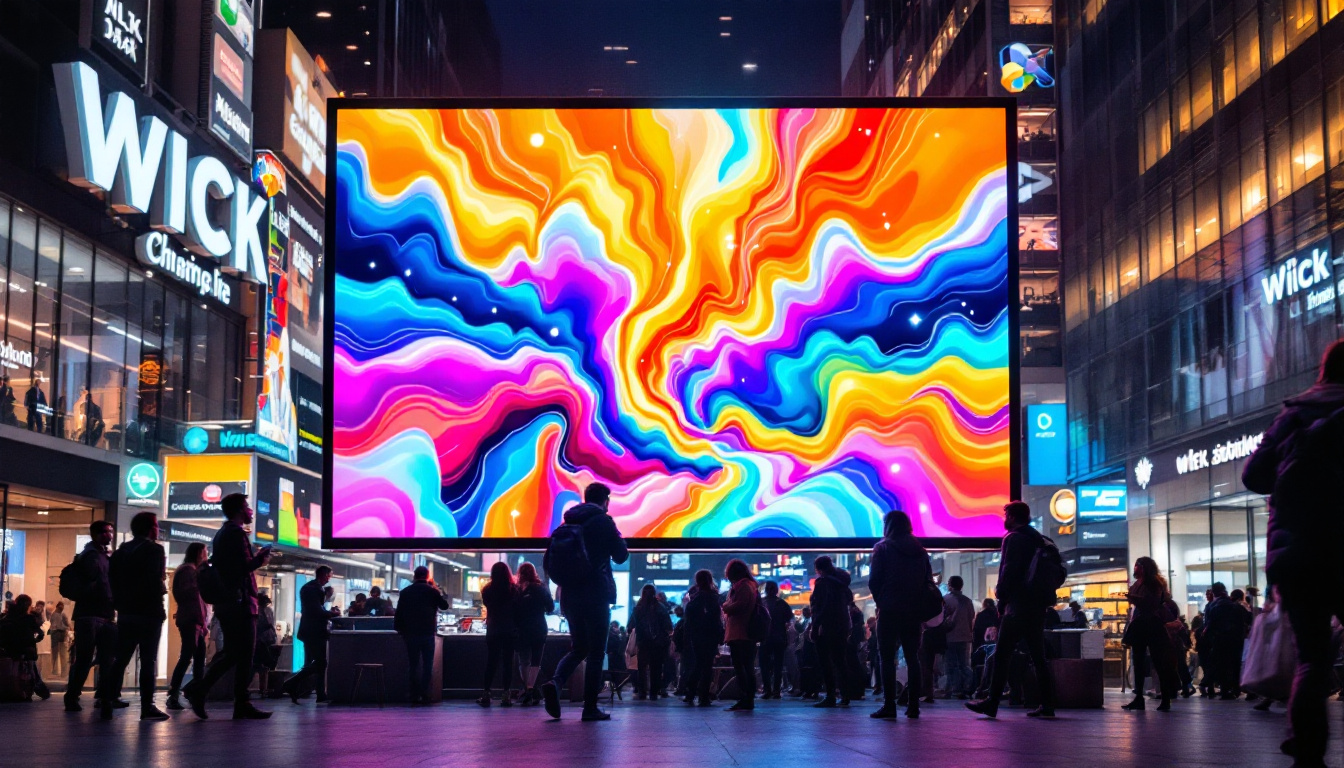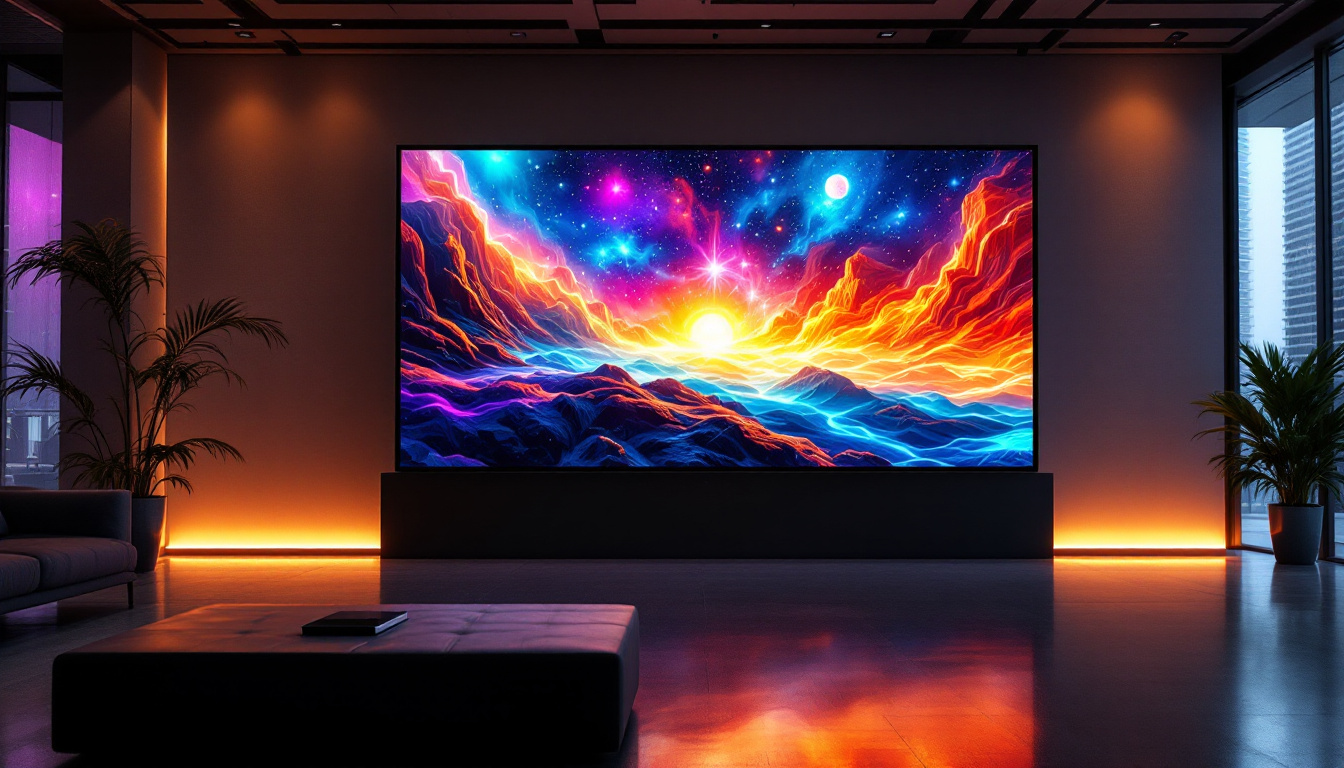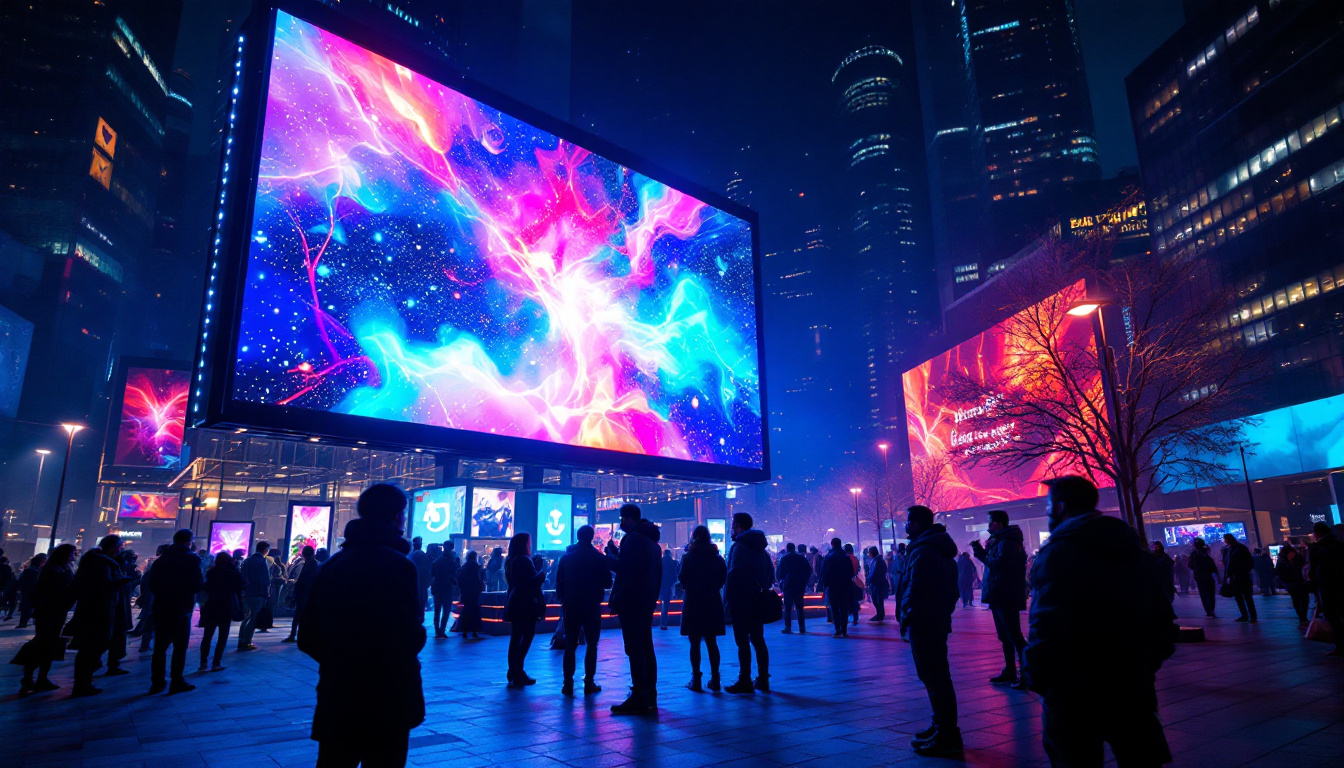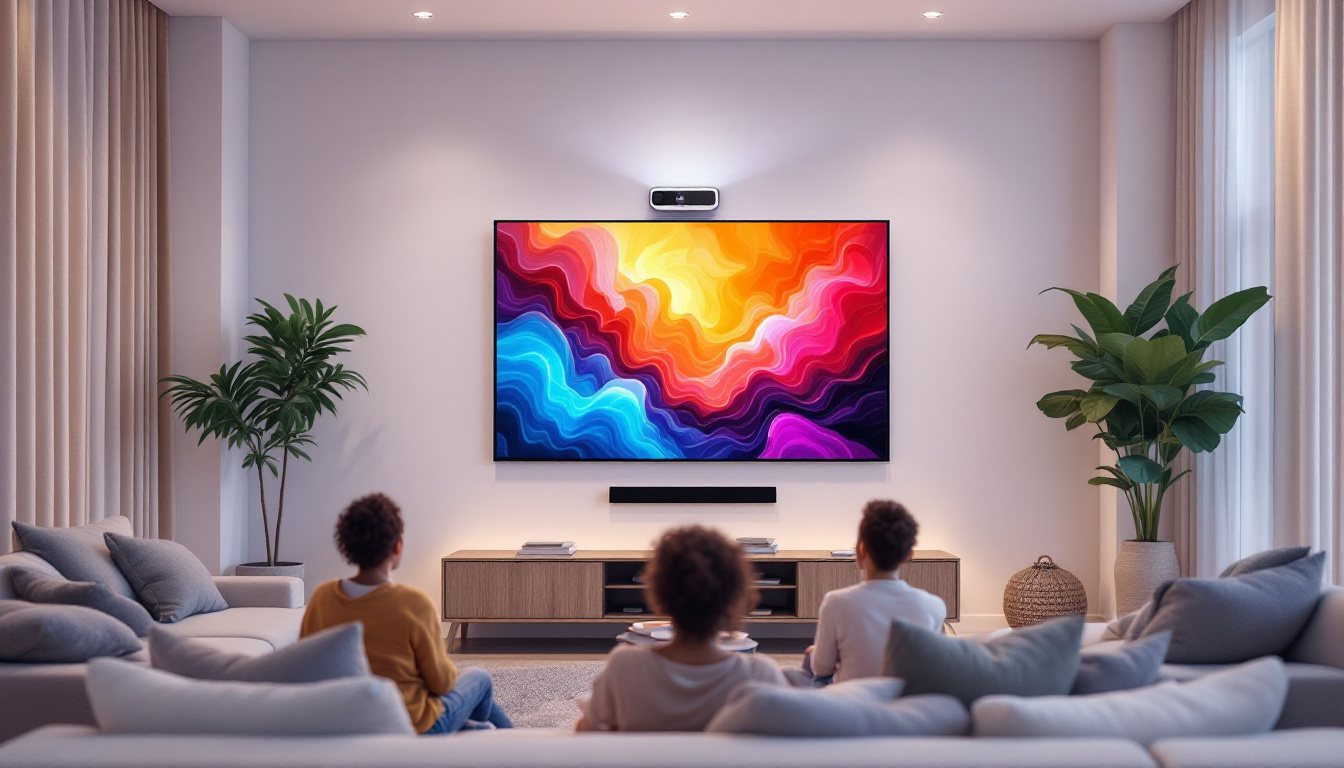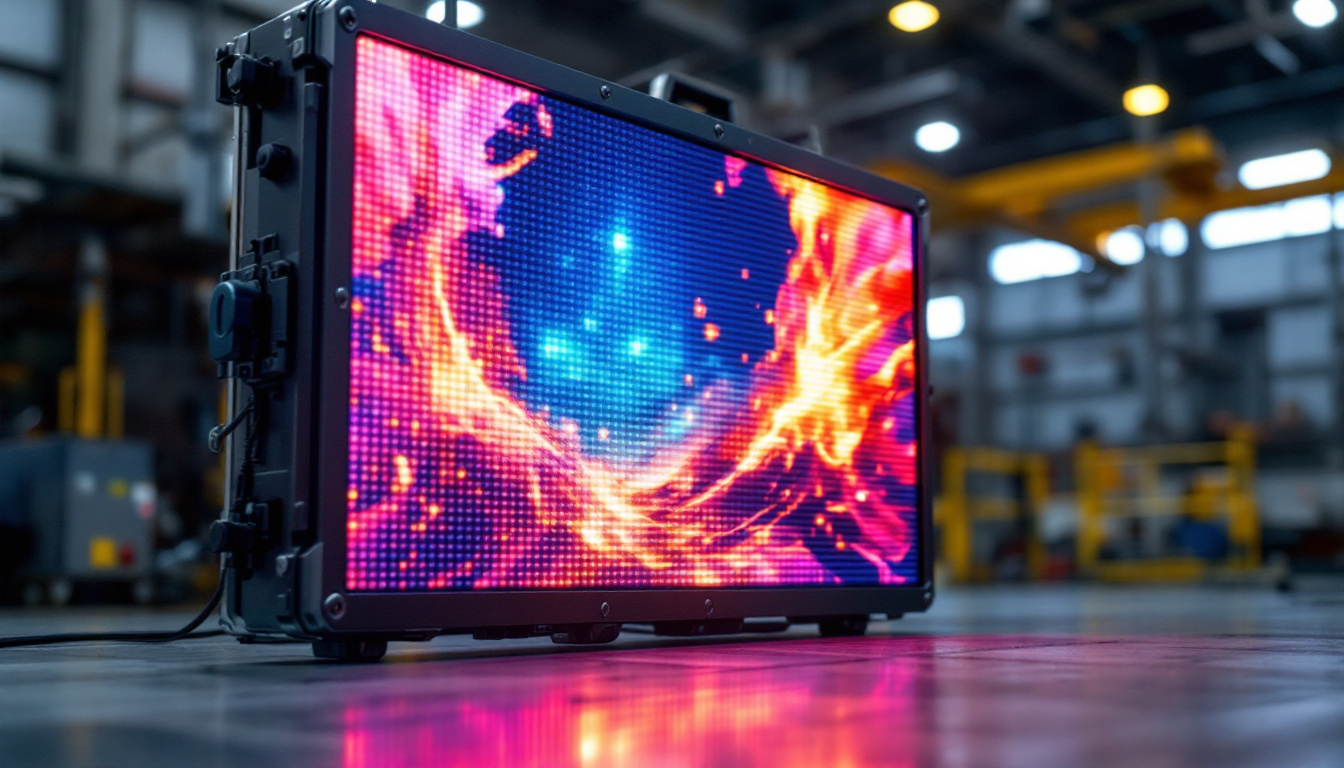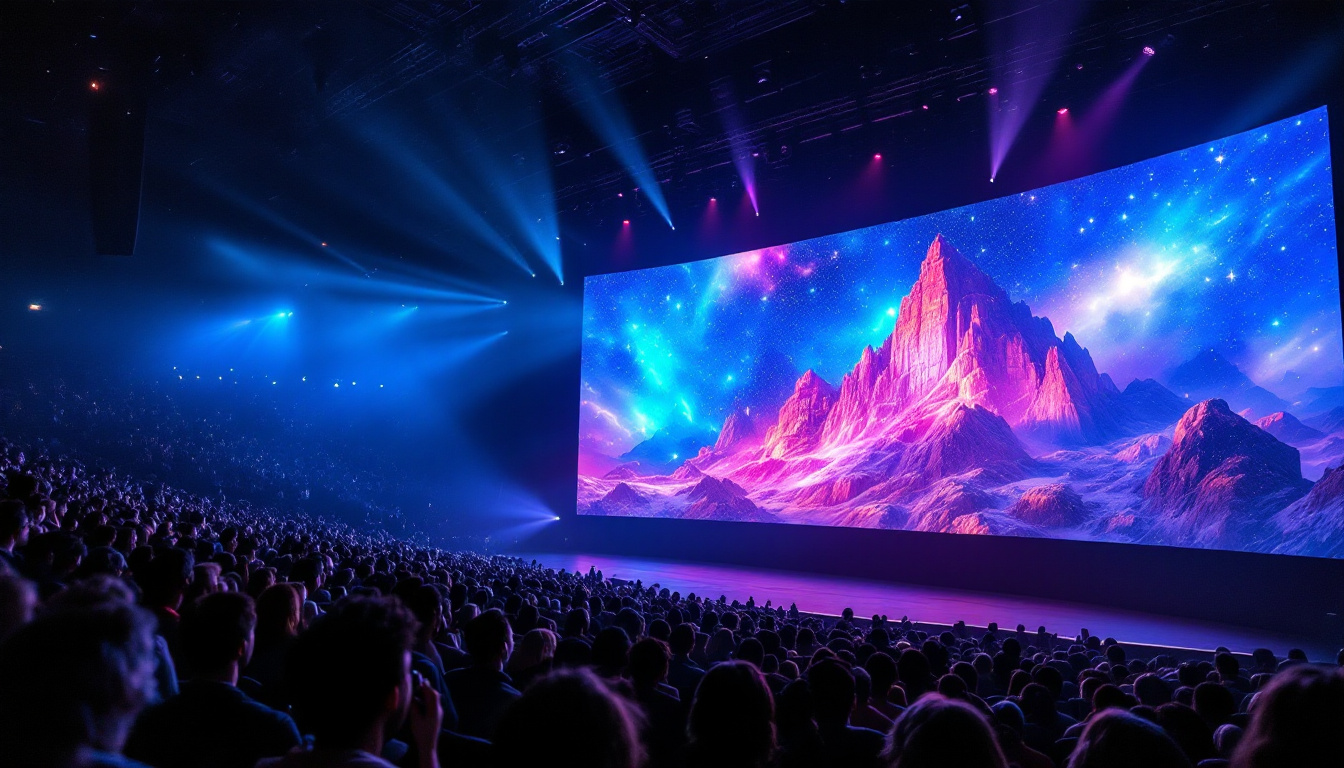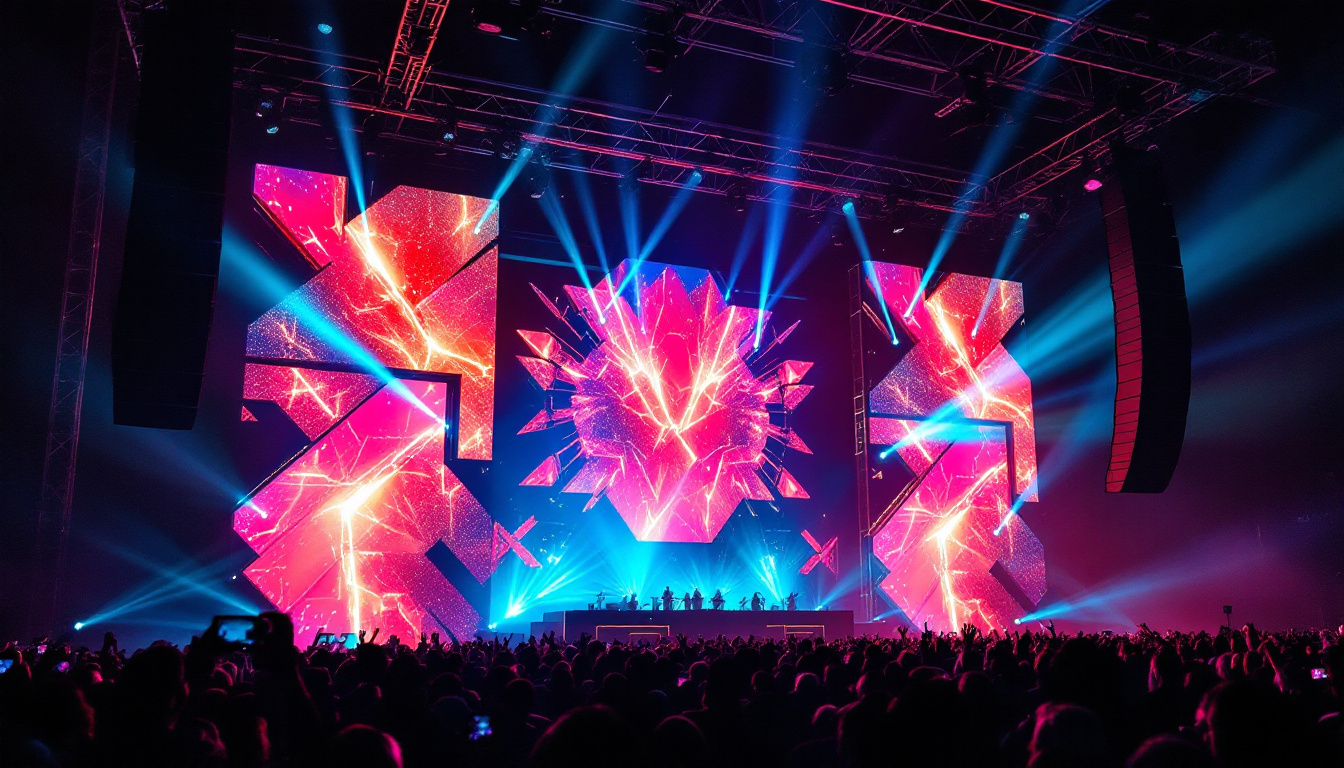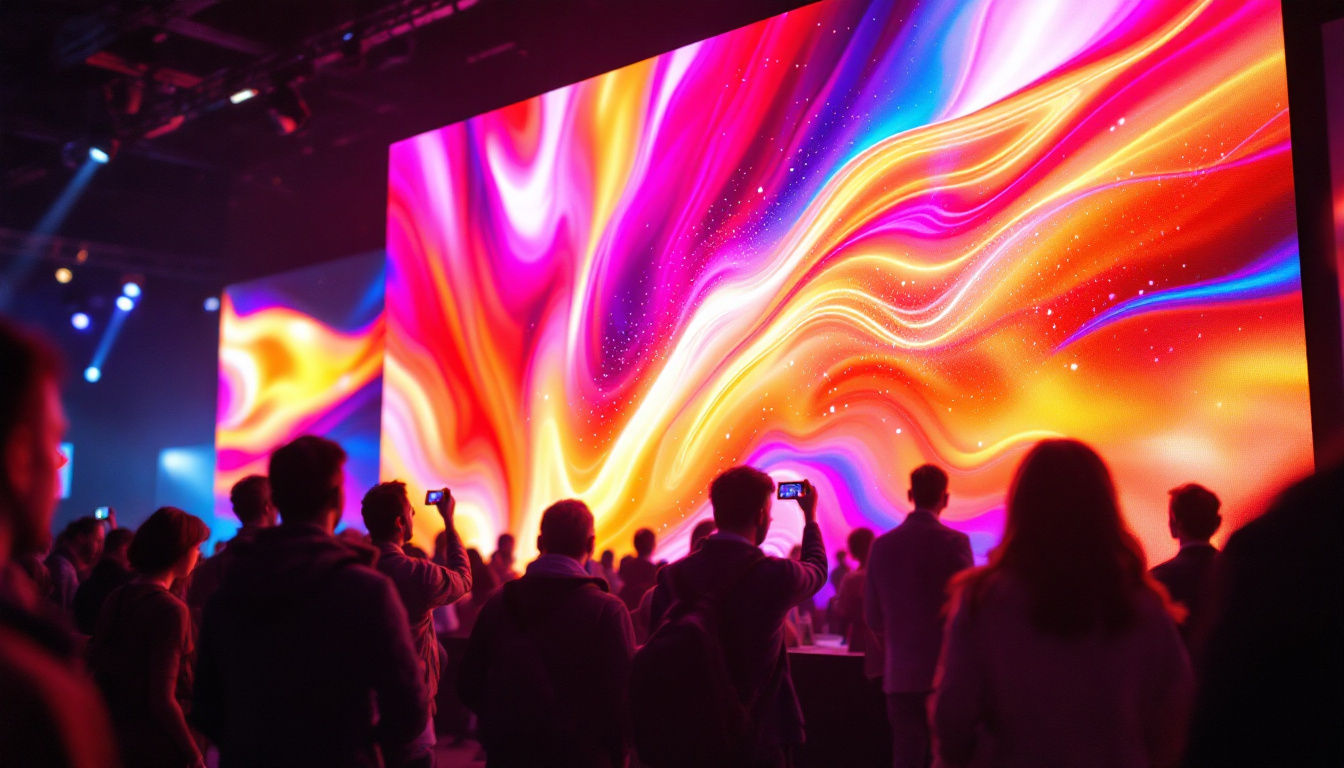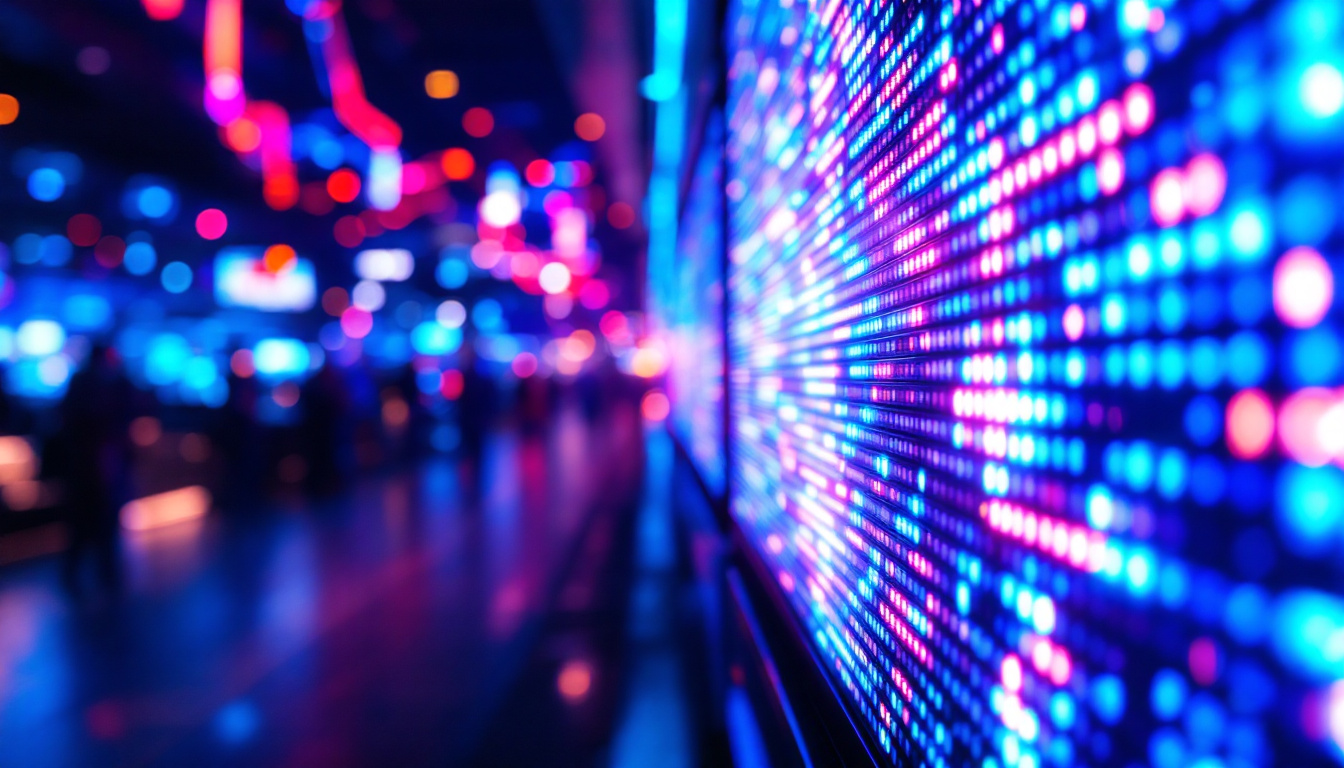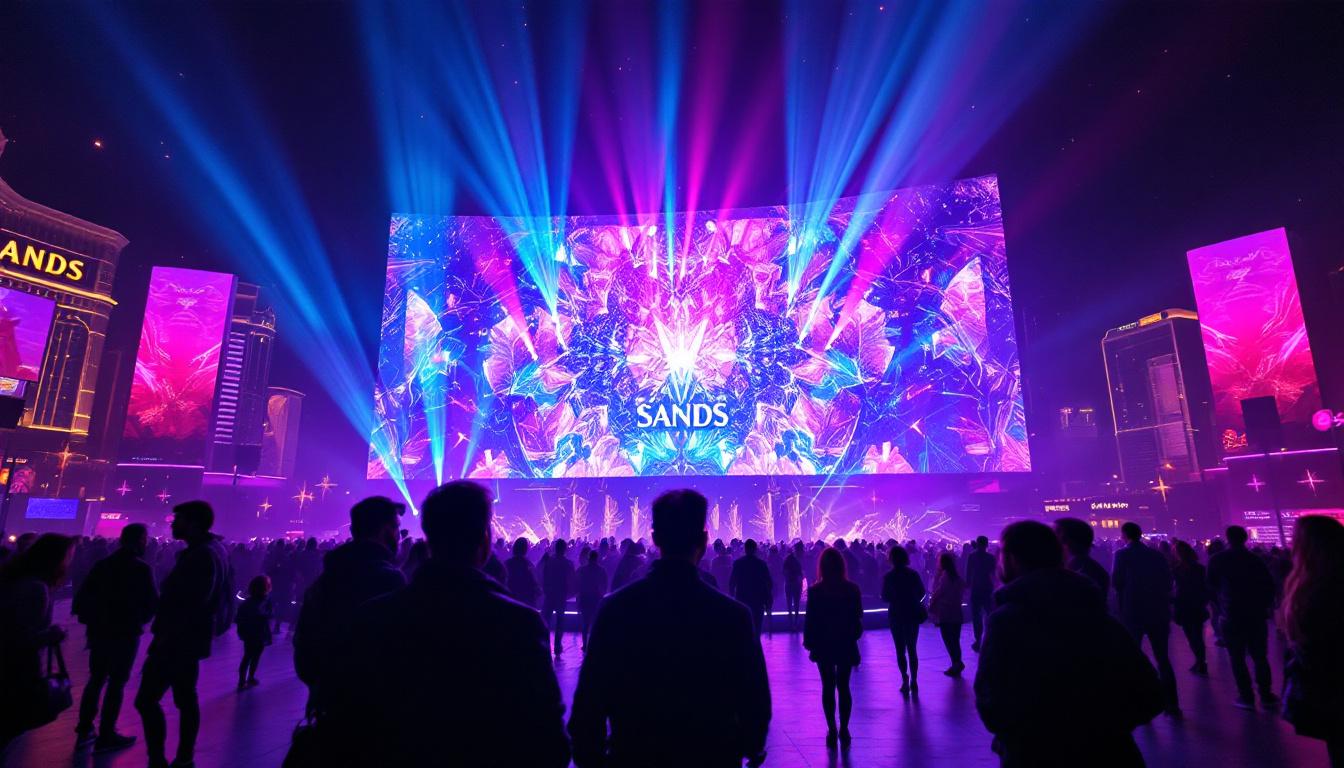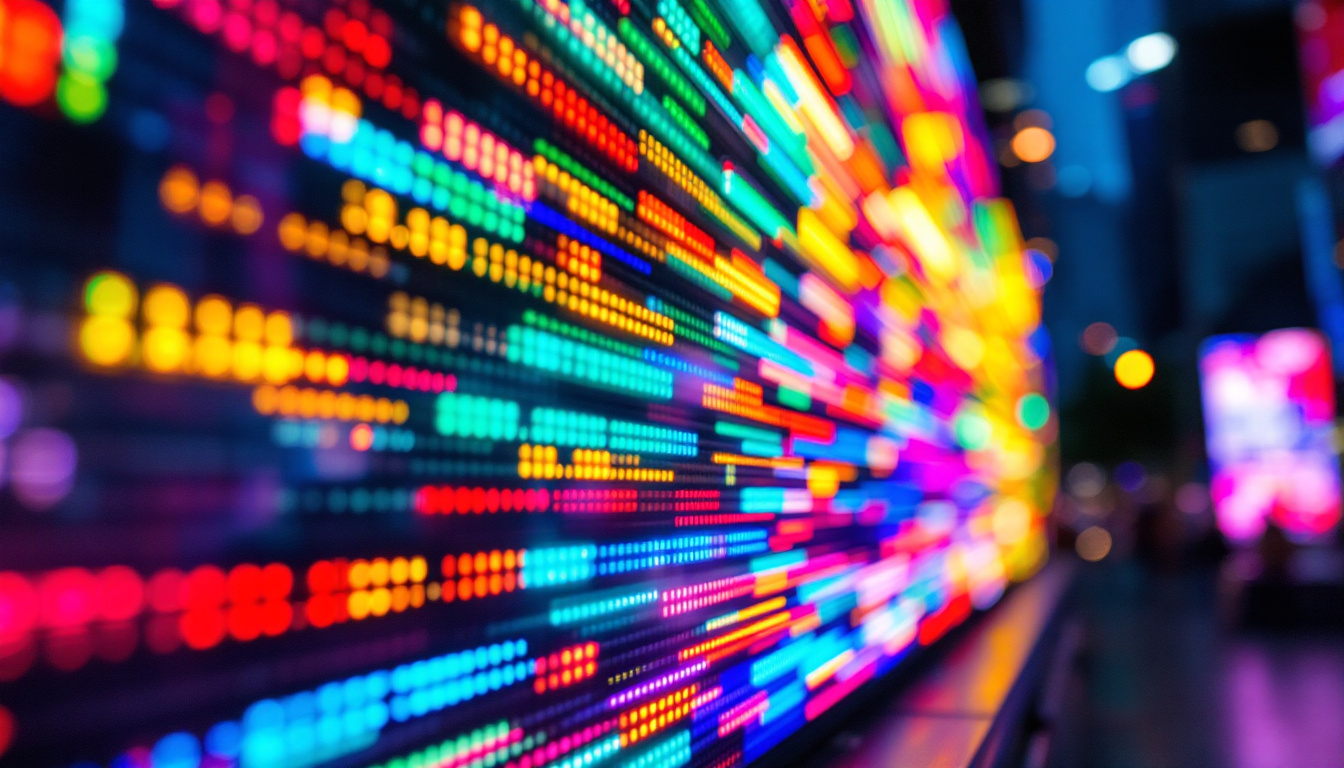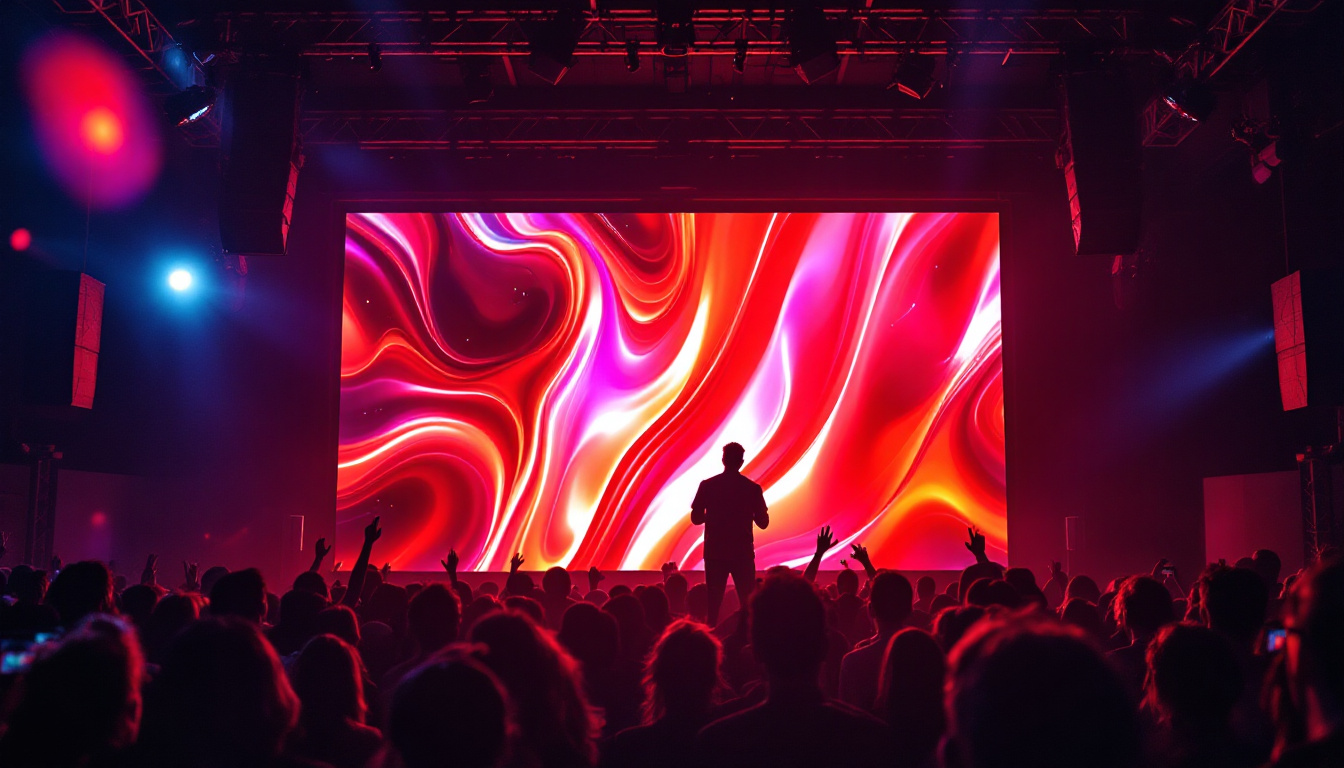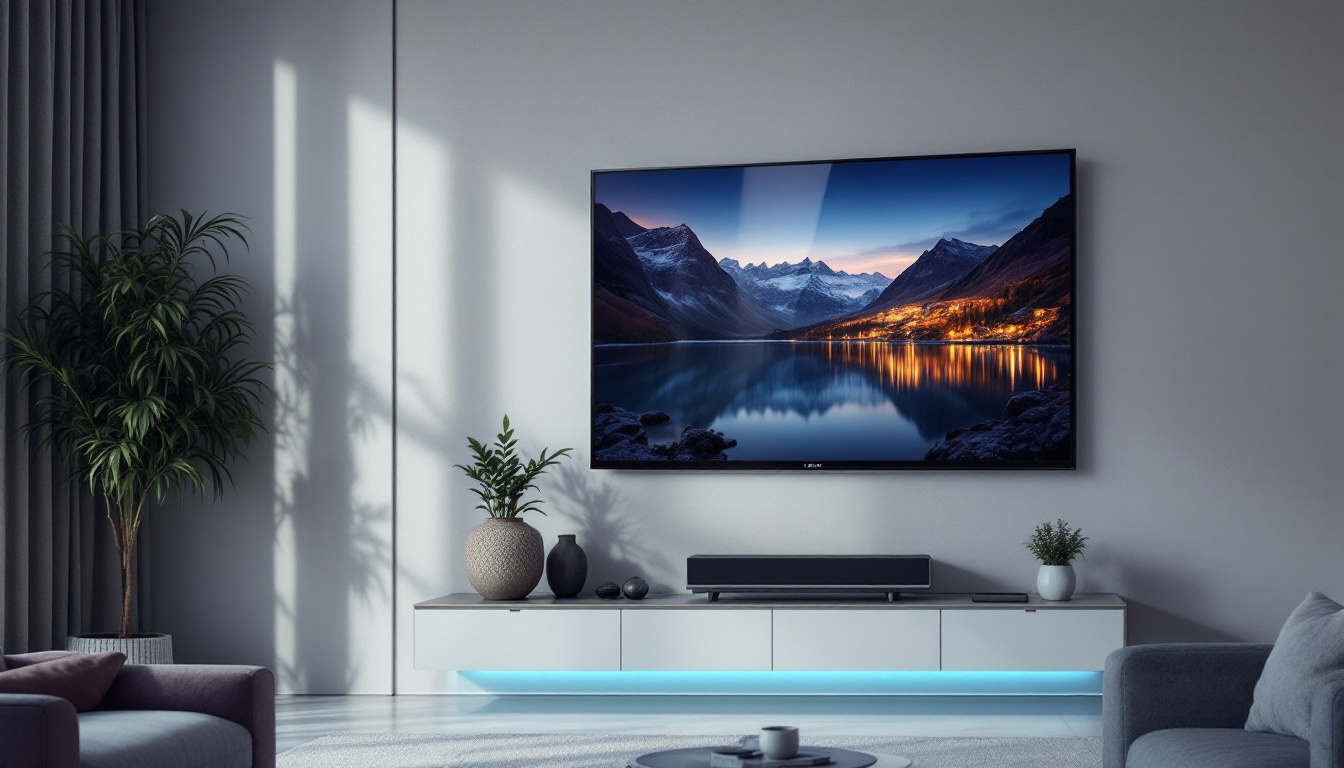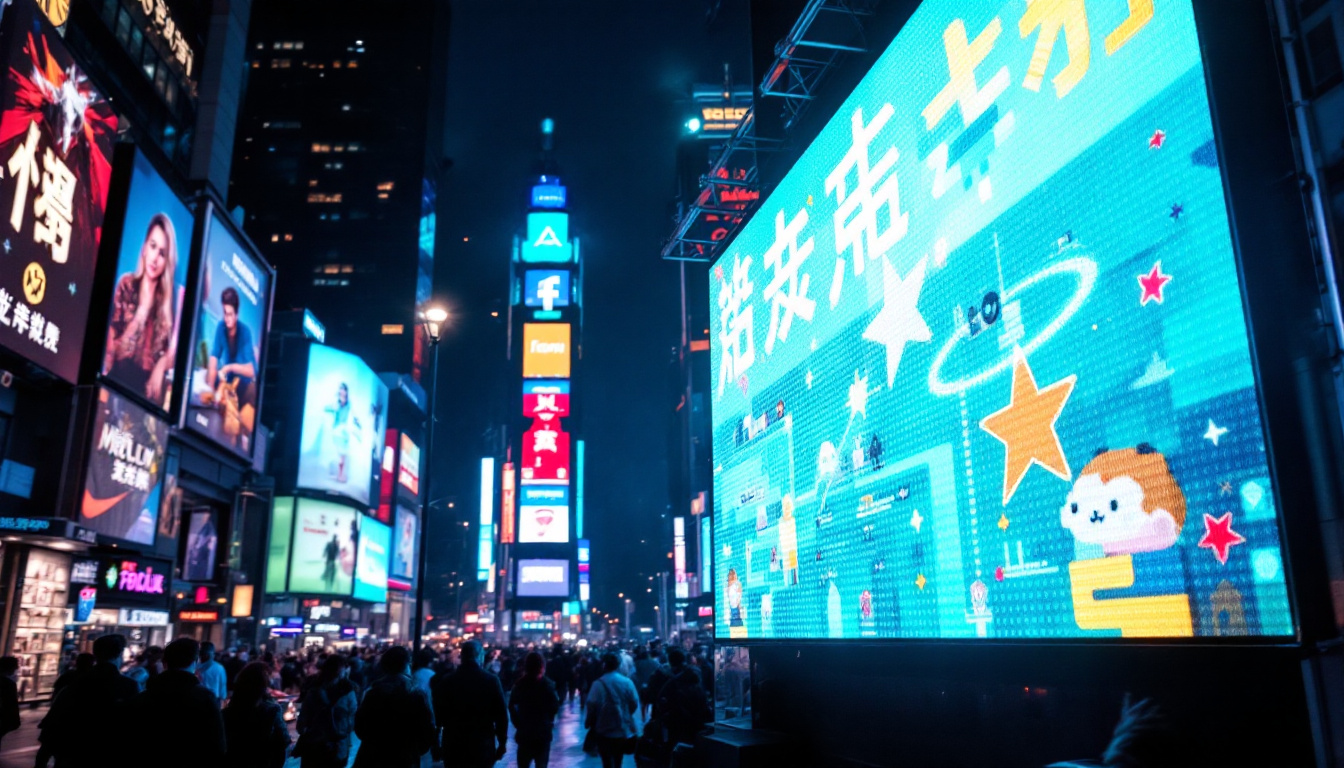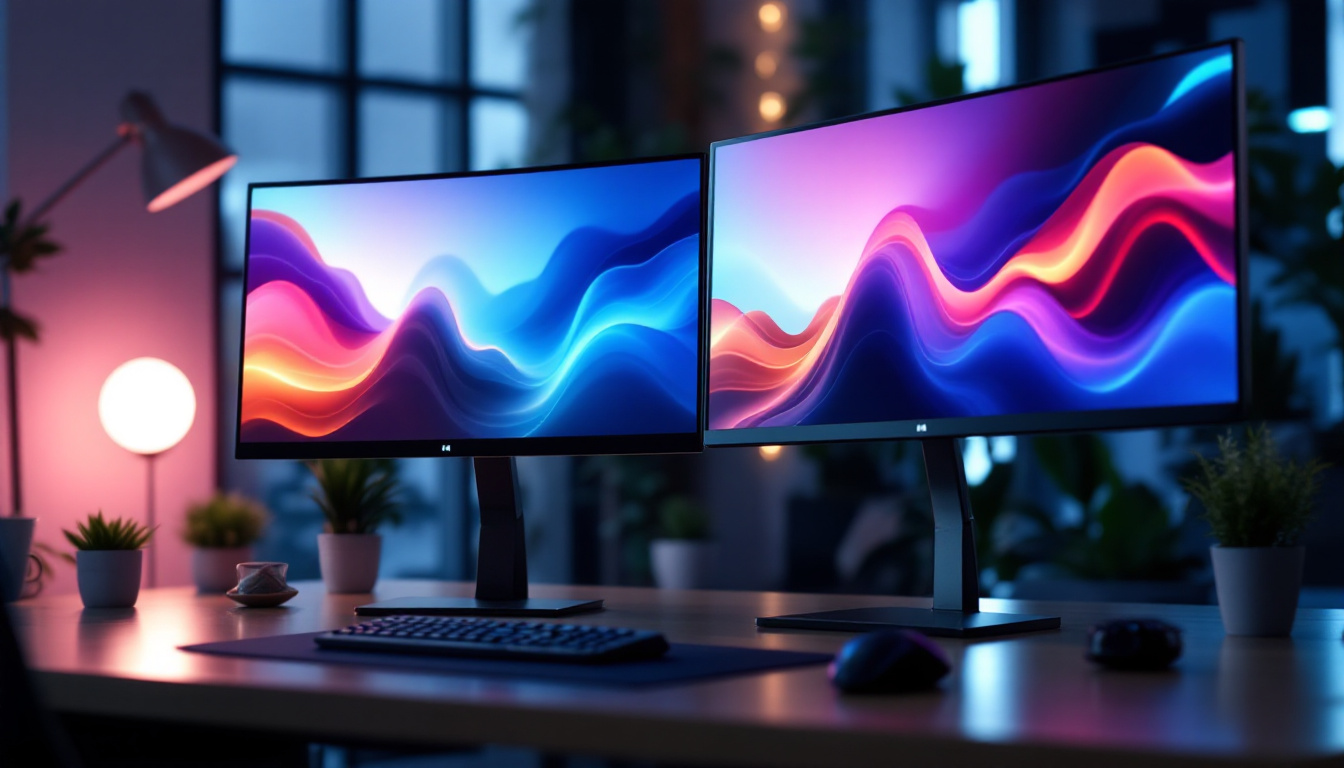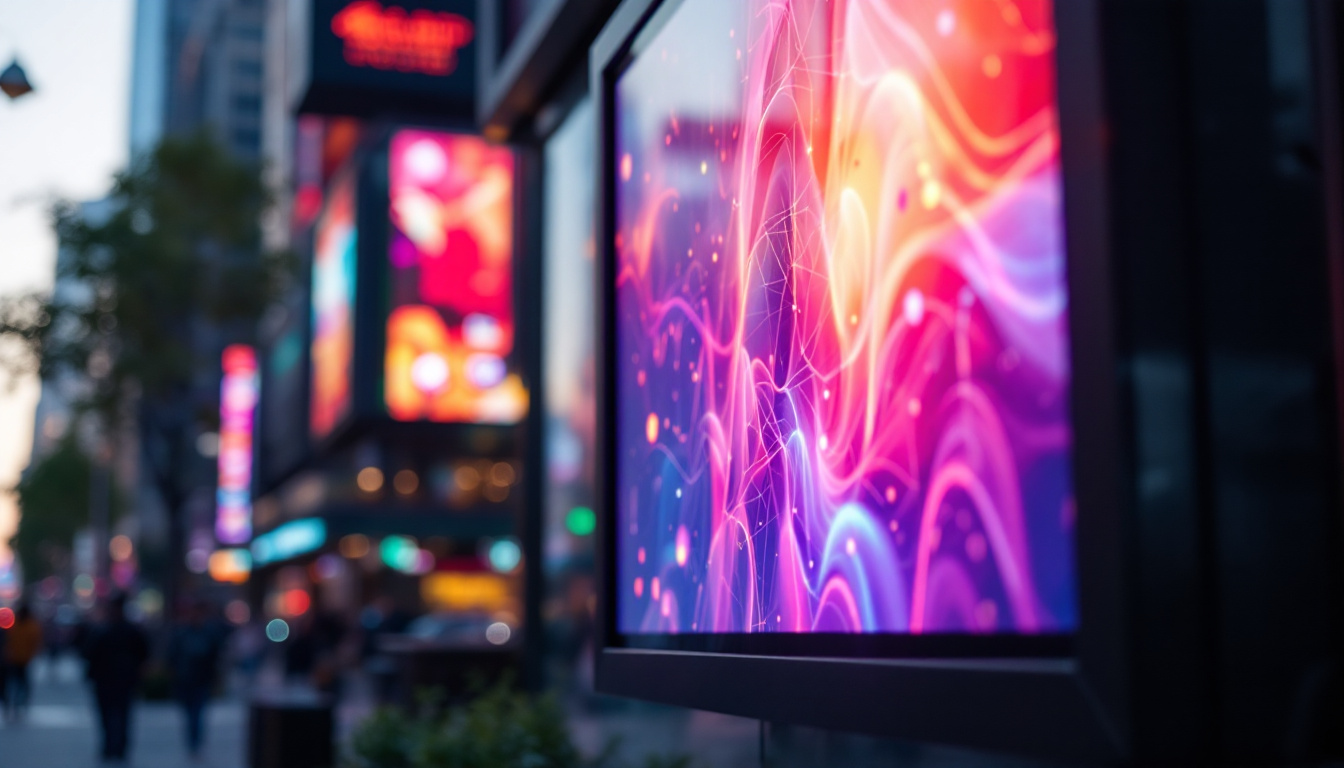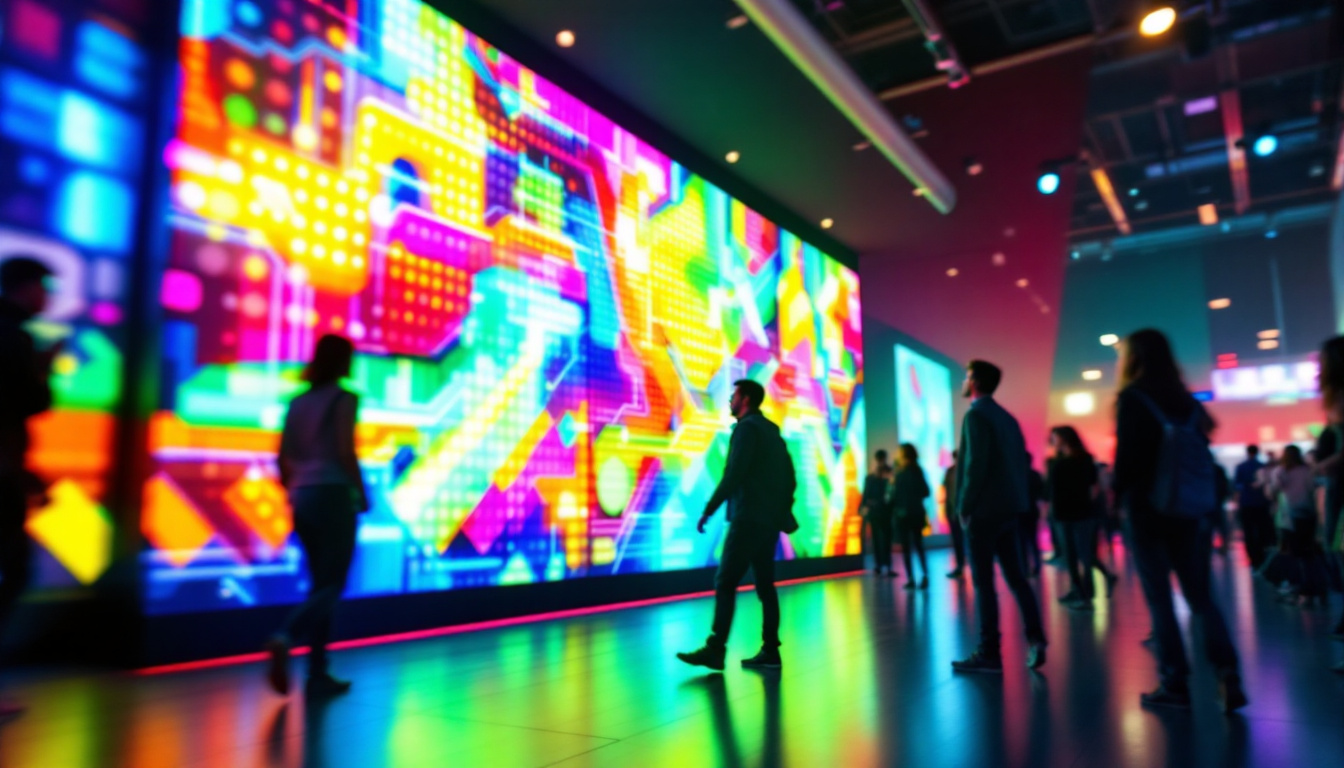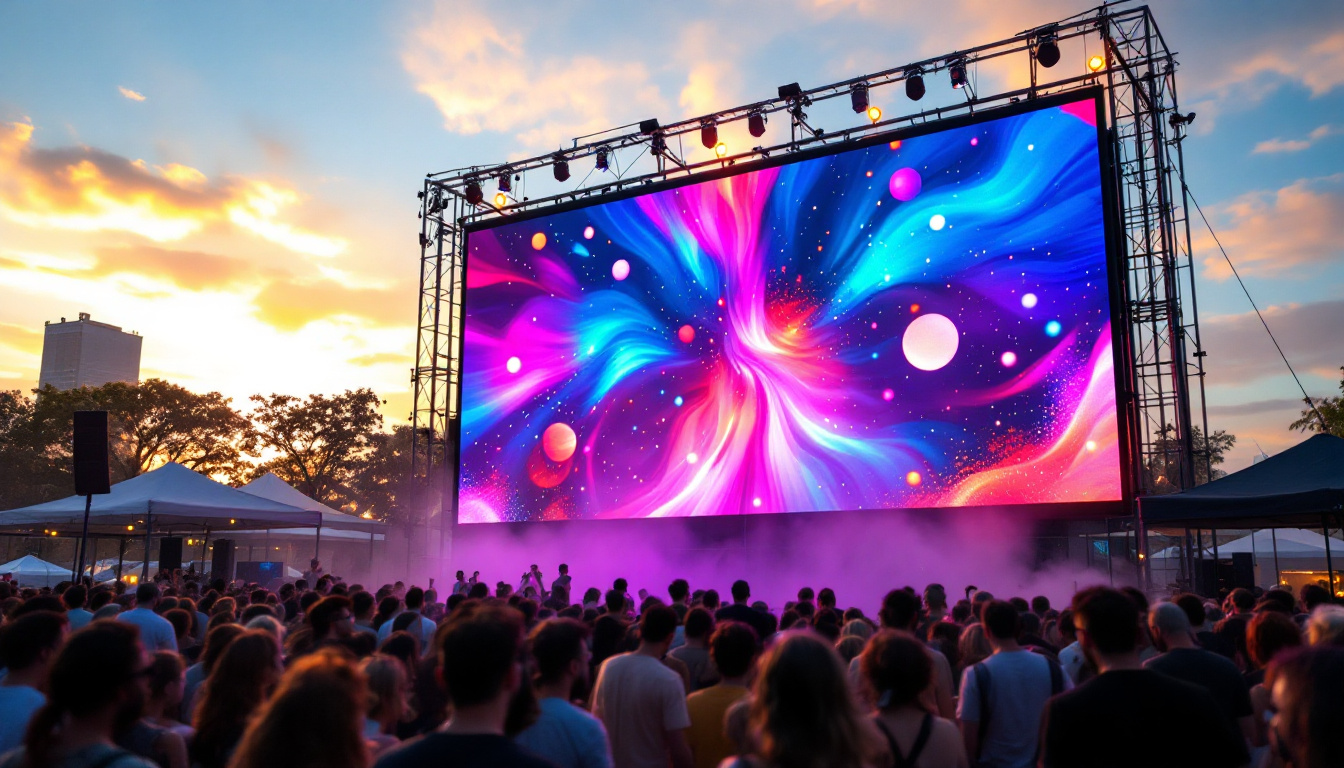In the world of retail and exhibitions, the way products are displayed can significantly influence customer engagement and sales. One of the most critical aspects of effective display is lighting. Among various lighting options available, LED lighting stands out for its efficiency, versatility, and aesthetic appeal. This article delves into the intricacies of LED lighting for display cases, exploring its benefits, applications, and best practices.
Understanding LED Lighting
Light Emitting Diodes (LEDs) have revolutionized the lighting industry with their energy efficiency and long lifespan. Unlike traditional incandescent bulbs, which convert a significant portion of energy into heat, LEDs emit light through a semiconductor process, making them far more efficient. This efficiency not only translates into cost savings for consumers but also contributes to a more sustainable future by reducing overall energy consumption and greenhouse gas emissions.
How LEDs Work
LEDs operate on a simple principle: when an electric current passes through a semiconductor material, it excites electrons, causing them to release energy in the form of light. This process not only makes LEDs more energy-efficient but also allows for a wide range of colors and intensities, making them ideal for various display applications. The ability to fine-tune the color temperature and brightness of LEDs has also opened up new avenues for creative expression in lighting design, allowing artists and designers to craft immersive environments that can transform the mood of a space.
Benefits of LED Lighting
The advantages of using LED lighting for display cases are numerous. First and foremost, they consume significantly less energy compared to traditional bulbs, leading to lower electricity bills. Additionally, their long lifespan—often exceeding 25,000 hours—reduces the frequency of replacements, further minimizing costs. This longevity is particularly beneficial for businesses, as it allows for consistent lighting without the interruptions and expenses associated with frequent bulb changes.
Moreover, LEDs produce less heat, which is crucial for preserving delicate items in display cases. This feature ensures that products, especially those sensitive to temperature changes, remain in optimal condition. Furthermore, the low heat output contributes to a safer environment, reducing the risk of burns or fire hazards associated with traditional lighting. Finally, the versatility of LEDs allows for creative lighting designs, enhancing the visual appeal of displays. From adjustable spotlights to ambient backlighting, the adaptability of LED technology enables retailers and exhibit designers to highlight products in innovative ways, ultimately attracting more attention and driving sales.
In addition to their practical benefits, LED lighting also supports a more environmentally friendly approach to illumination. With the ability to be dimmed and controlled through smart technology, LEDs can be programmed to operate only when needed, further conserving energy. This capability aligns perfectly with the growing trend towards sustainable practices in both residential and commercial settings, where consumers are increasingly aware of their environmental impact. As technology continues to advance, we can expect even more innovative applications of LED lighting that will enhance our everyday experiences while promoting energy conservation.
Applications of LED Lighting in Display Cases
LED lighting can be employed in various types of display cases, each benefiting from specific lighting techniques. From retail environments to museums, the application of LEDs can transform the way products and artifacts are showcased.
Retail Displays
In retail settings, the primary goal is to attract customers and encourage purchases. LED lighting can highlight key products, create a welcoming atmosphere, and guide customer attention to specific areas of a display. For instance, spotlights can be used to draw focus to new arrivals or promotional items, while ambient lighting can create a cohesive shopping experience.
Museum Exhibits
Museums often face unique challenges when it comes to lighting. Artifacts and artworks require careful illumination to avoid damage while still being visible to the public. LED lights are ideal for this purpose, as they can be adjusted for intensity and color temperature, ensuring that items are displayed in the best possible light without risking deterioration.
Showcases for Jewelry and Collectibles
Jewelry and collectibles benefit immensely from LED lighting. The right lighting can enhance the sparkle of gemstones and the intricacies of craftsmanship, making these items more appealing to potential buyers. Using a combination of direct and indirect lighting can create a dramatic effect that draws attention and highlights the unique features of each piece.
Choosing the Right LED Lighting for Display Cases
Selecting the appropriate LED lighting for display cases involves several considerations. Factors such as color temperature, brightness, and fixture type play a crucial role in achieving the desired aesthetic and functional outcomes.
Color Temperature
Color temperature, measured in Kelvin (K), influences how products are perceived under light. Warmer temperatures (around 2700K to 3000K) create a cozy and inviting atmosphere, ideal for retail environments. In contrast, cooler temperatures (above 4000K) can provide a more modern and clinical feel, suitable for galleries and museums.
Choosing the right color temperature can significantly impact the mood of the display and the perceived value of the items showcased. For example, jewelry often looks best under warm light, which enhances its brilliance and color.
Brightness and Intensity
Brightness is another critical factor when selecting LED lighting. The intensity of the light should complement the display without overwhelming it. Dimmer switches can be beneficial, allowing for adjustments based on the time of day or specific events.
Additionally, the use of layered lighting—combining ambient, task, and accent lighting—can create depth and interest in the display case. This approach ensures that products are well-lit from multiple angles, reducing shadows and enhancing visibility.
Fixture Types
There are various types of LED fixtures suitable for display cases, including track lighting, recessed lights, and surface-mounted fixtures. Track lighting offers flexibility, allowing for the repositioning of lights as needed, while recessed lights provide a clean, streamlined look. Surface-mounted fixtures can add a decorative element while also serving a functional purpose.
Best Practices for LED Lighting in Display Cases
Implementing LED lighting effectively requires adherence to best practices that enhance both functionality and aesthetics. These practices involve strategic placement, maintenance, and regular assessment of lighting effectiveness.
Strategic Placement
Proper placement of LED lights is essential to maximize their impact. Lights should be positioned to minimize glare and shadows while ensuring even illumination across all items in the display case. Utilizing adjustable fixtures can help achieve the desired angles and focus.
Additionally, consider the height of the display case and the viewing angle of customers. Lights should be placed at a height that allows for optimal visibility without causing discomfort or distraction to viewers.
Regular Maintenance
LEDs are known for their longevity, but regular maintenance is still necessary to ensure optimal performance. Dust and dirt can accumulate on fixtures, diminishing their effectiveness and altering the appearance of the display. Regular cleaning of the lights and the display case itself will help maintain clarity and brightness.
Furthermore, it is important to monitor the performance of LED lights. If certain fixtures begin to dim or flicker, they should be replaced promptly to maintain a consistent lighting experience.
Assessing Lighting Effectiveness
Evaluating the effectiveness of the lighting setup is crucial for ongoing success. Gathering feedback from customers and staff can provide insights into how well the lighting enhances the display. Consider conducting periodic assessments to determine if adjustments are needed based on seasonal changes or new product lines.
Utilizing tools such as light meters can also help measure the intensity and distribution of light, ensuring that all areas of the display case are adequately illuminated.
Innovations in LED Lighting Technology
The field of LED lighting is continuously evolving, with new technologies emerging that enhance performance and versatility. Keeping abreast of these innovations can provide opportunities for even more effective display solutions.
Smart LED Lighting
Smart LED lighting systems offer advanced control options, allowing users to adjust brightness, color temperature, and even lighting schedules through mobile apps or voice-activated devices. This technology can enhance the flexibility of display cases, enabling quick adjustments based on changing needs or events.
Additionally, smart systems can be programmed to create dynamic lighting effects, such as gradual dimming or color changes, which can be particularly effective during special promotions or events.
Energy-Efficient Solutions
As sustainability becomes a priority for many businesses, energy-efficient LED solutions continue to gain traction. Innovations such as solar-powered LED lights and fixtures made from recycled materials are becoming more prevalent, allowing businesses to reduce their carbon footprint while still achieving effective display lighting.
Advanced Color Rendering
Recent advancements in LED technology have also improved color rendering capabilities, allowing products to be displayed in their true colors. High Color Rendering Index (CRI) LEDs can reproduce colors more accurately, which is particularly important for items like clothing, cosmetics, and art.
Conclusion
LED lighting has transformed the way display cases are illuminated, offering a blend of efficiency, versatility, and aesthetic appeal. By understanding the benefits and applications of LED lighting, businesses can create captivating displays that engage customers and enhance product visibility.
From retail to museums, the strategic use of LED lighting can elevate any display, making it not only functional but also visually stunning. By adhering to best practices and staying informed about innovations in lighting technology, businesses can ensure that their displays remain effective and appealing for years to come.
Ultimately, investing in quality LED lighting is not just about illumination; it’s about creating an experience that resonates with customers and leaves a lasting impression.
Illuminate Your Displays with LumenMatrix
Ready to take your display cases to the next level? Explore LumenMatrix’s innovative LED display solutions and revolutionize the way you showcase your products. From engaging Indoor LED Walls to vibrant Outdoor Displays and beyond, LumenMatrix offers a wide array of options to captivate your audience and enhance your brand’s visibility. Experience the future of visual communication with our cutting-edge technology. Check out LumenMatrix LED Display Solutions today and create an unforgettable visual experience for your customers.

